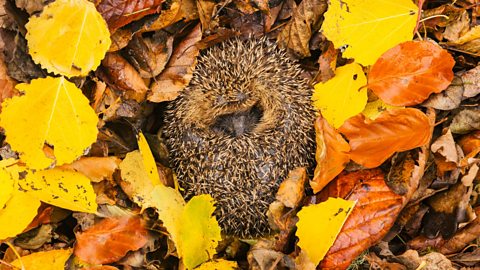How does cold weather affect daily life?
Cold weather conditions can affect our lives in many different ways.
In this article you can learn:
- Why cold weather can make it difficult for us to get about
- What we can do to stop ice being a problem on roads and pavements
- How cold weather affects plants and trees
- How we can keep our home warm in winter
This resource is suitable for studying weather topics in primary school.
Video - Cold weather and the world around us
Watch this video to learn how cold weather, like heavy snow, can affect people, plants and animals.
Not all cold weather is the same. Some cold days are frosty. Other days are stormy or snowy.
A clear crisp winter’s day can be lovely for walking – as long as you wrap up. And snow can be lots of fun too!
Some plants and animals even need, or have adapted to, cold weather. Certain plants, such as oak trees, need low temperatures to help their seeds germinate, for spring. Germinate means seeds are beginning to grow.
But cold weather has its challenges, from ice on roads and pavements, to heavy snow, and the possibility of school being closed.
It is important to plan ahead during cold weather. We can do this by checking the weather forecast. If cold weather is expected, there are things we can do to deal with all that ice, frost or snow.
When it is very cold, gritting lorries spread a salt - based grit along the roadsthat makes ice and snow melt and break up, helping keep roads and pavements clear and safe. When there is very heavy snow, there are even snowploughs that push snow to the side of the road, so that other vehicles can keep moving.
If it is icy, people have to scrape ice off their car windscreens in the morning.
When it is cold outside, we have to think of different ways to keep ourselves warm. We can wear warm clothes and if we’re walking or running around, we make our own heat.
When it comes to our homes in winter, lots of people turn their heating on.This means there is a higher demand for gas and electricity, which puts more pressure on the energy companies. To make the most of the heat, many houses are insulated to keep the warm air in. For example, some houses have foam in between the walls or up in the loft.
Next time it’s cold outside, what will you do to keep yourself warm?
How does cold weather affect our lives?
Cold weather can happen in lots of different ways - icy days, stormy days and days with lots of snow.
Transport
- We have to be careful on icy days not to slip on the ice that forms on roads and pavements.
- Grit which is spread on the roads by gritting lorries and shovelled on to icy pavements helps when it's slippy. The grit melts the ice and breaks it up.
- When it's been snowing heavily, snowploughs will push snow off the roads helping us to drive to school and to work.
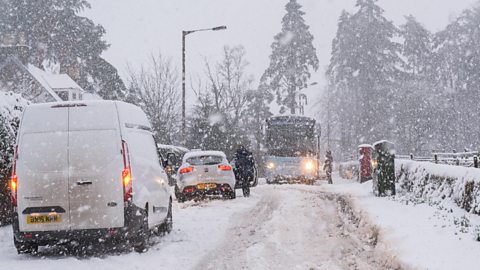
Image caption, Travel challenges
When there's heavy snow, it can be difficult getting to school or to work. (Image: Kay Roxby/Alamy)
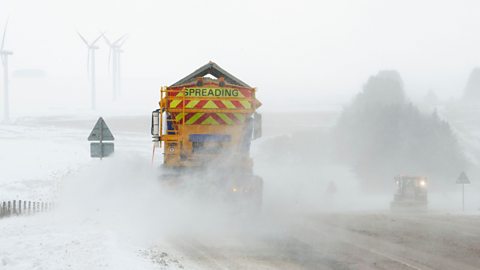
Image caption, Gritters
Gritters melt snow and ice by spreading salt on the roads. (Image: Ian Rutherford / Alamy)
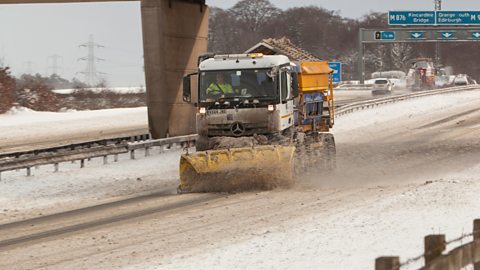
Image caption, Snowplough
Snowploughs clear snow off the roads to keep us safe when we drive to school and to work. (Thomas Gorman / Alamy Stock Photo)
1 of 3
Clothing
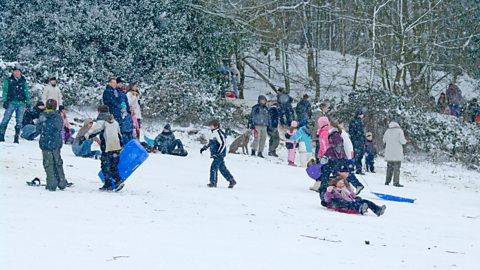
When it's cold outside, we need to wear warm clothes. Being active and moving around can also warm you up when the temperature is low

At home

- We keep our homes warm in cold weather by turning on the heating. A lot of energy is used to heat our homes and often this energy is wasted when the heat is lost to the air outside. There are lots of ways we can reduce the amount of energy that gets wasted.
- Gaps around doors and windows cause drafts and let warm air escape. We can look for spaces where drafts are being let in. For example, draft excluders can cover up gaps between a door and the floor. This is a simple way to keep a room warmer without turning the heating up.
- We can keep our homes warm with insultation. Lots of buildings have cavity walls that are actually two walls with an air gap between them. This can be filled with insulating foam.
- Buildings without insulation lose one quarter of their heat through the roof. Adding loft and roof insulation can save heat and money.
Learn more ways to keep our homes warm without wasting energy here: Learning for sustainability: Saving energy

Wildlife
Some plants and animals have adaptedWhen a plant or animal has changed to suit its environment. to survive or thrive in very cold weather conditions.
Trees
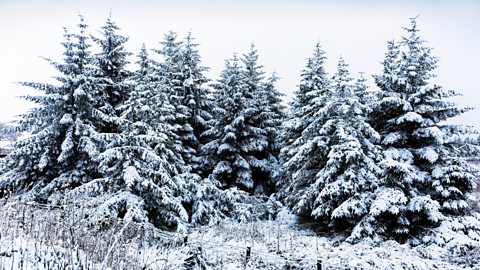
Image caption, Coniferous trees
Coniferous trees, like pine and fir, have leaves like thin needles. Their needles don't lose a lot of heat or water even in cold weather. (Findlay / Alamy Stock Photo)
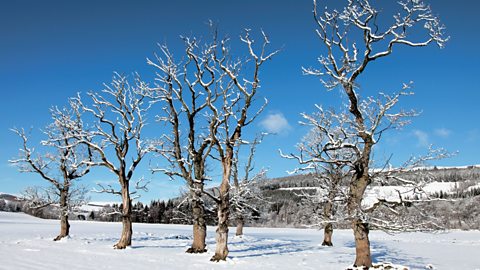
Image caption, Broadleaf (deciduous) trees
Broadleaf trees, like oak and birch, have wide flat leaves that catch a lot of sunlight. They lose their leaves in autumn which helps them save energy and water during winter. (Stephen Peter Street / Alamy Stock Photo)
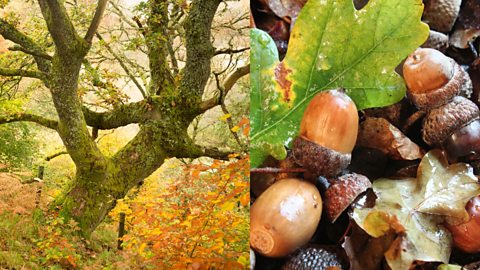
Image caption, Oak trees
Oak tree seeds are called acorns. They need cold temperatures to begin to grow (germinate). In the UK, they should be planted between September and December so the seeds can germinate. (Aidan Maccormick / Stephen Moody / Alamy Stock Photo)
1 of 3
Learn more about trees and forests here: Landscapes - Forests
Animals
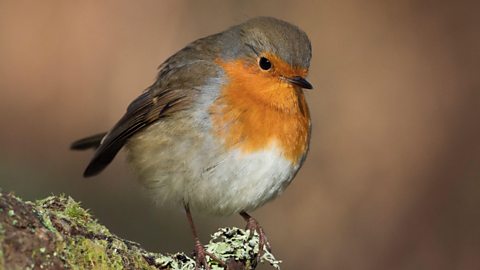
Image caption, Robins
Robins live in the UK all year round but we often think of them as winter birds. Many robins migrate to the UK from Scandinavia in the winter. (Karen van der Zijden / Alamy Stock Photo)
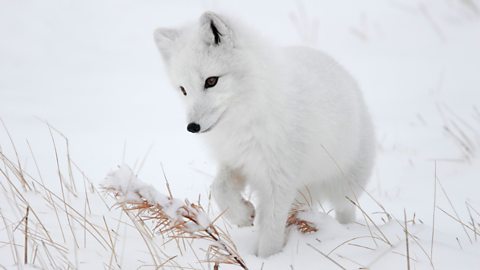
Image caption, Arctic foxes
Arctic foxes can survive in extremely cold weather conditions! Their thick fur coats keep them warm in the Arctic tundra where they live. (Richard Codington / Alamy Stock Photo)
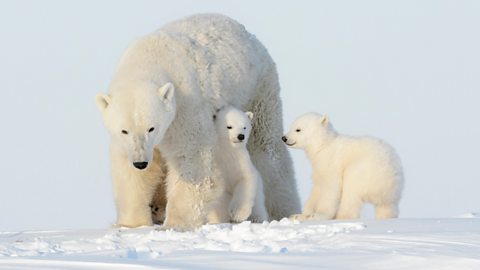
Image caption, Polar bears
Polar bears live in the Arctic. They survive because they have a thick layer of fur with a thick layer of blubber underneath. (André Gilden / Alamy Stock Photo)
1 of 3

Key words about cold weather
- germinate - When seeds begin to grow.
- snowplough - A large lorry with a large metal scoop at the front, like a large shovel, made to push the snow from the road
- insulation - A way to keep our homes warm in winter by keeping the heat in. The same way we might put on a jumper when it's cold, by putting foam or wool in the loft, or in the spaces between the walls of a house, the heat will be kept in.
Test your knowledge
Quiz
Challenge

Write a report about an animal that lives in a very cold climate.
Research an animal who lives in a very cold place and write a report about them.
Here are some ideas to get you started:
- Where does the animal live? What is the average temperature there?
- How does the animal adapt to the cold temperatures? For example, do they have a thick fur coat to keep them warm?
- Is the animal a conformerAn animal that changes its behaviour to regulate its temperature, such as sunbathing for heat or going underground or into water to cool. They are also known as cold-blooded animals. Conformers include fish, reptiles, amphibians and insects. or regulatorAn animal that regulates its temperature through its body processes, such as sweating or shivering. They are also known as warm-blooded animals. Regulators include mammals and birds.?
- Some examples of animals who live in very cold climates are: penguins, polar bears, arctic foxes and snow leopards
If you need help creating your report, here is a guide to help: How to write a report
How animals control their body temperature. revision-guideHow animals control their body temperature
Find out how animal behaviour helps them maintain their body temperature.
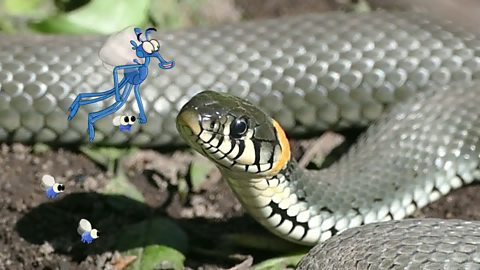
How conformers and regulators maintain their body temperature. revision-guideHow conformers and regulators maintain their body temperature
Find out how conformers and regulators maintain their body temperature in different ways.
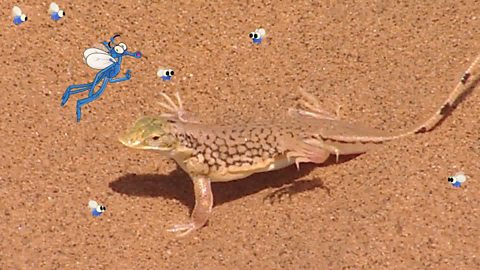
Spotting birds in winter with Rory Crawford. videoSpotting birds in winter with Rory Crawford
Rory Crawford goes on a winter walk to show us what birds we can spot during the winter months.
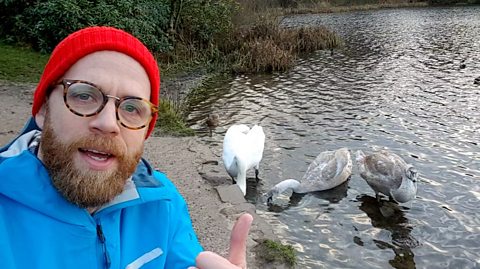
More on Weather
Find out more by working through a topic
- count19 of 24
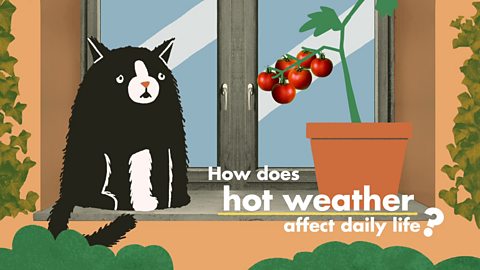
- count20 of 24
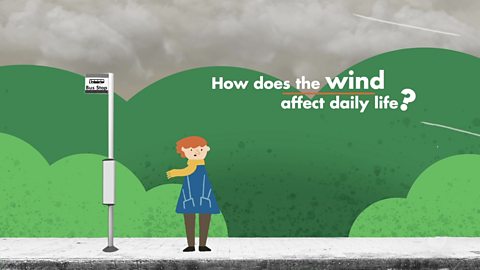
- count21 of 24
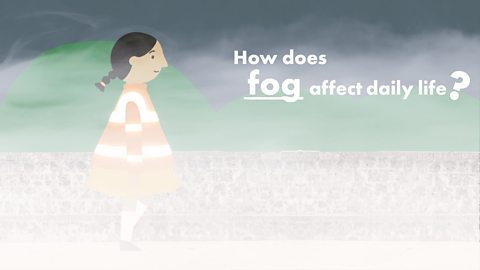
- count22 of 24
